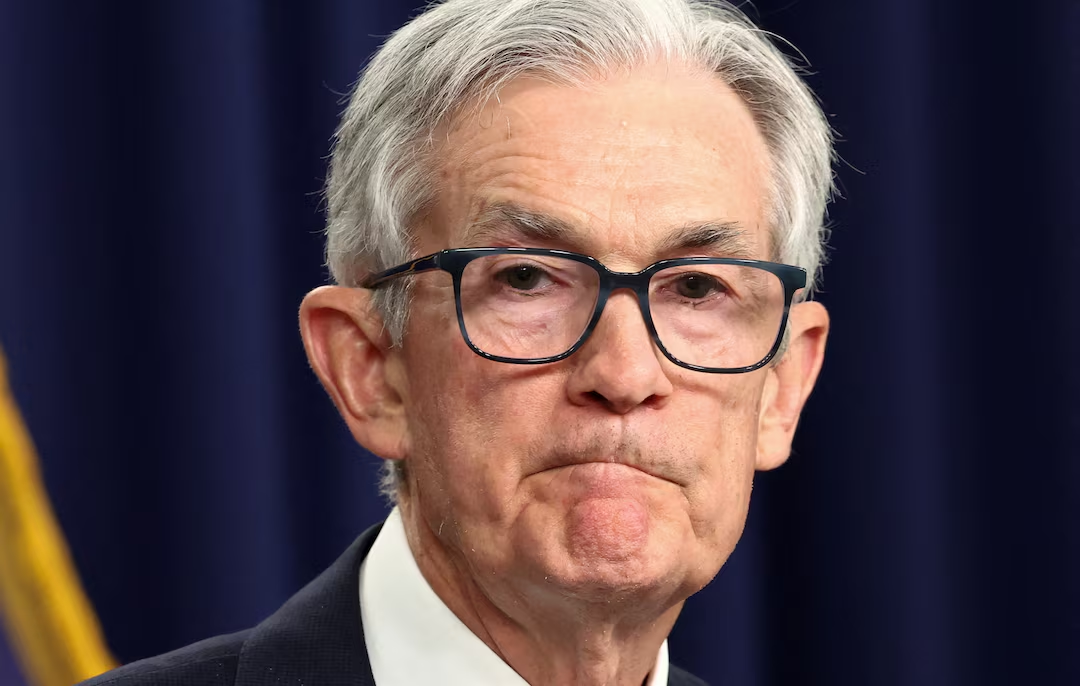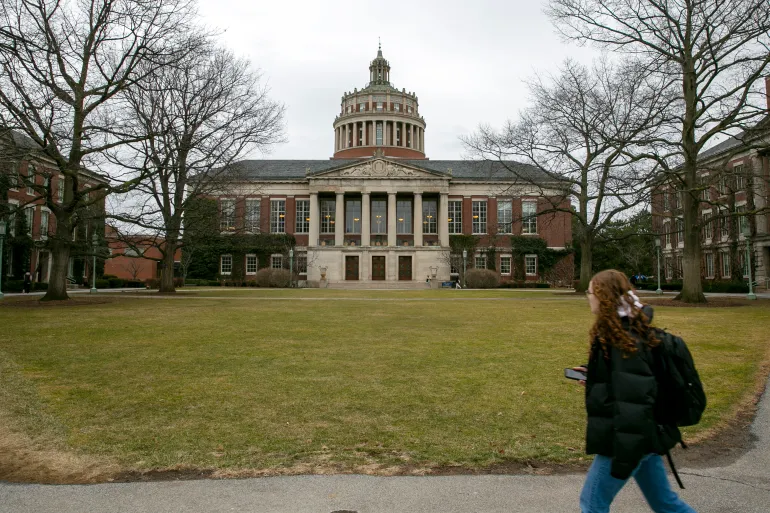Federal Reserve Chair Jerome Powell’s 2020 shift in monetary policy strategy, which emphasized full employment over preemptive rate hikes in response to low unemployment, is now under scrutiny. The strategy, influenced by the sluggish inflation of the 2010s and massive pandemic-era job losses, was seen as innovative at the time. However, the inflation surge in 2021-2022, fueled by federal spending and supply chain disruptions, challenged the framework. Critics argue the policy delayed necessary rate hikes, allowing inflation to exceed the 2% target and eventually peak over 9% in 2022. Although the Fed reacted with aggressive rate increases and inflation later declined without stalling economic recovery, questions linger about the policy’s effectiveness and communication. At a Fed conference starting Thursday, officials are expected to revisit key language and assumptions in the 2020 framework, including how employment and inflation goals are balanced. Some advocate for clearer, forward-looking policies that recognize potential inflation risks from tight labor markets. While some argue the framework had minimal impact on inflation, there is broad consensus on the need for more flexible and transparent policymaking going forward.
U.S. Federal Reserve Chair Jerome Powell announced that the Fed is reconsidering its approach to monetary policy in light of recent economic developments, particularly the experience of inflation over the last few years. Speaking at a conference, Powell highlighted that the economy may be entering a period marked by more frequent and persistent supply shocks, necessitating a strategic reevaluation. The current approach, established in 2020 during the aftermath of the COVID-19 pandemic, emphasized tolerating higher inflation and promoting low unemployment. However, Powell noted that the strategy, particularly the idea of allowing inflation to overshoot moderately, has proven less relevant following the significant inflation surge during the pandemic recovery. Although recent figures show a drop in April personal consumption expenditures inflation to 2.2%, Powell stressed this may not account for future tariff-driven increases. He indicated that there is consensus among Fed officials on reassessing the language around employment shortfalls and the average inflation targeting framework. The review aims to create a policy stance that is more resilient to evolving economic conditions.
U.S. weekly jobless claims remained steady at a seasonally adjusted 229,000 for the week ending May 10, in line with economist expectations. This consistent range, between 205,000 and 243,000, reflects historically low layoff levels. Despite economic uncertainty caused by fluctuating tariffs, particularly under President Trump’s administration, businesses have been slow to increase hiring. Major companies have pulled their 2025 forecasts due to this environment, and small businesses reported the lowest level of unfilled job openings since January 2021. A key concern is the ongoing trade uncertainty, even after a 90-day truce with China that included a tariff cut on imports. Continued claims, used as a proxy for hiring, rose by 9,000 to 1.881 million in the week ending May 3, aligning with an increase in the median unemployment duration from 9.8 to 10.4 weeks in April. As a result of the temporary reduction in tariffs, Goldman Sachs revised its unemployment rate forecast downward to 4.5% for December, from the previous 4.7%, with the current rate at 4.2% in April.
Source: Reuters



